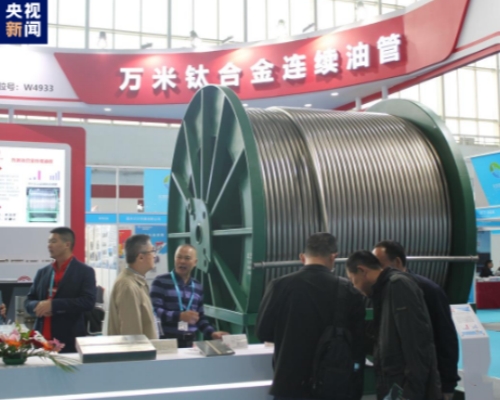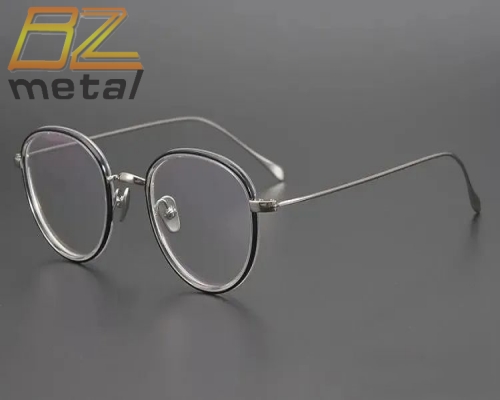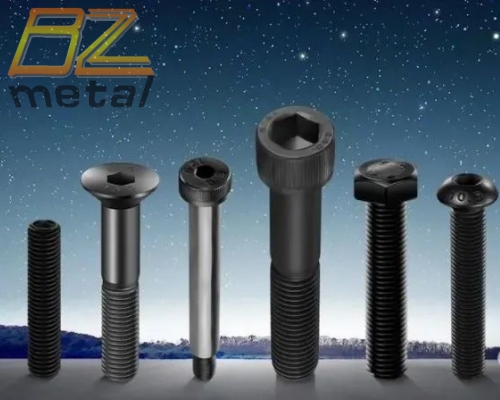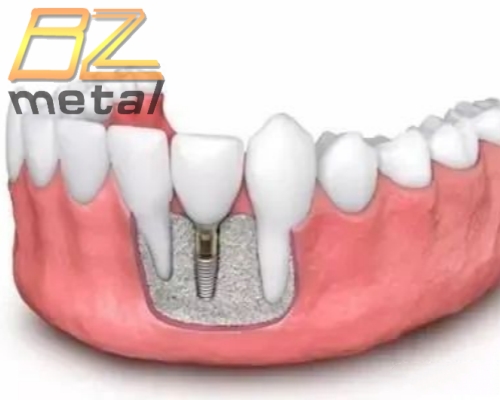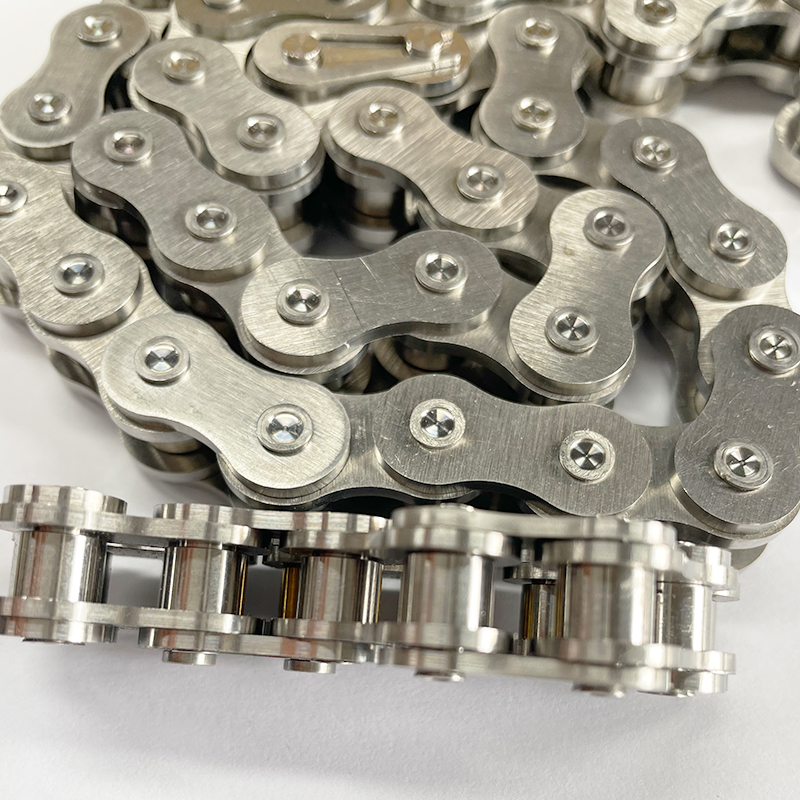Research on Cold Heading Properties and Surface Microcracks of GR5 Titanium Alloy Rods
Research on Cold Heading Properties and Surface Microcracks of GR5 Titanium Alloy Rods
GR5 titanium alloy has good mechanical properties at room temperature and high temperature. It is widely used in the manufacture of aviation structural parts and fans and drums of aviation engines, and has accounted for more than 50% of the total amount of titanium alloys used in aviation. Many bearing structural parts of aircraft, especially variable cross-section structural parts, require raw material bars to have good notch stress fracture properties. The purpose is to ensure that the parts have a strong ability to inhibit the emergence and expansion of cracks in a state of high stress concentration, without causing fracture failure. The surface roughness of GR5 titanium alloy bars has a great influence on the surface quality of cold heading forming and cold heading fasteners.
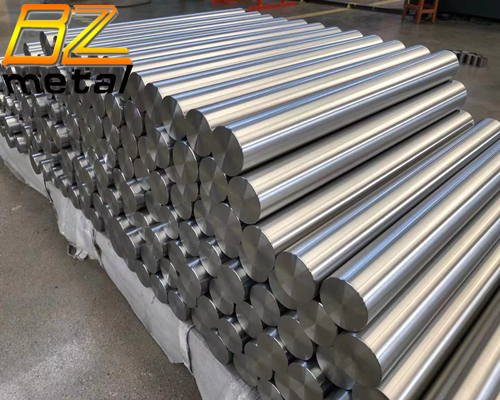
So far, there are no uniform guidelines for evaluating microcracks on the surface of titanium alloy cold heading fasteners. Therefore, in order to better understand the relationship between the surface roughness and compression ratio of the original bar, this experiment uses optical microscopy (OM) and scanning electron microscopy (SEM) to study and analyze the cold heading properties of GR5 titanium alloy bar and the microcracks on the side surface of the bolt to provide theoretical basis and experimental data for reasonable control and optimization of the cold heading forming process of titanium alloy fasteners. Titanium alloy fasteners manufactured by cold forming method have been used for a long time in the aerospace field.Scientists conducted a study on the performance of GR5 titanium alloy cold drawing rods with diameters of 5.5 and 8.5mm. The microstructure, phase structure and mechanical properties of annealed titanium alloy were systematically studied. The working time and cost of fasteners reinforced with titanium alloy by cold deformation are 1-2 times lower than those produced by thermal forming and traditional processes. For titanium alloy forged rivets, titanium bolts and other fasteners, cold heading forming is a very effective forming technology. In order to better understand the cold heading forming process, the finite element method is used to simulate the cold forming process of GR5 titanium alloy. The microstructure and mechanical properties of titanium alloy and the phase transition of adiabatic shear zone formed during cold deformation were studied.
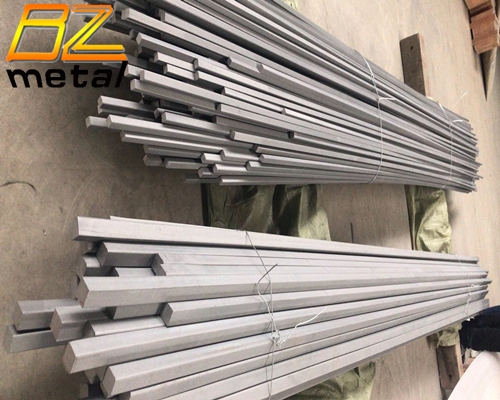
If the GR5 titanium alloy rod is only turned into a diameter of 6.5mm, its surface is not polished. When the compression rate reaches 60%, the surface of the compressed round cake is rough, and there are no obvious macroscopic cracks on the drum-shaped side surface. Surface microcracks can be observed on the drum-shaped side surface under 30 times electron microscopy, and surface microcracks can be clearly seen on the drum-shaped side surface with large cold heading deformation under 1000 times electron microscopy, which is 45° cracked.
1. When the surface roughness of GR5 titanium alloy bar is not greater than 0.6 and the compression ratio is not greater than 75%, the cold heading sample has no macroscopic crack defects, but under high magnification electron microscopy, a surface microcrack of 45° was observed on the bulging side of the cold heading head.
2. Titanium rod alloy has good mechanical properties, cold heading properties and isometric organization, and its grain size is 1-3nm.
3. In the process of large deformation of cold heading, microcracks on the side surface appear on the surface, which are closely related to the roughness and compression ratio of the processed surface, and their characteristics are different from traditional surface macroscopic cracks.

